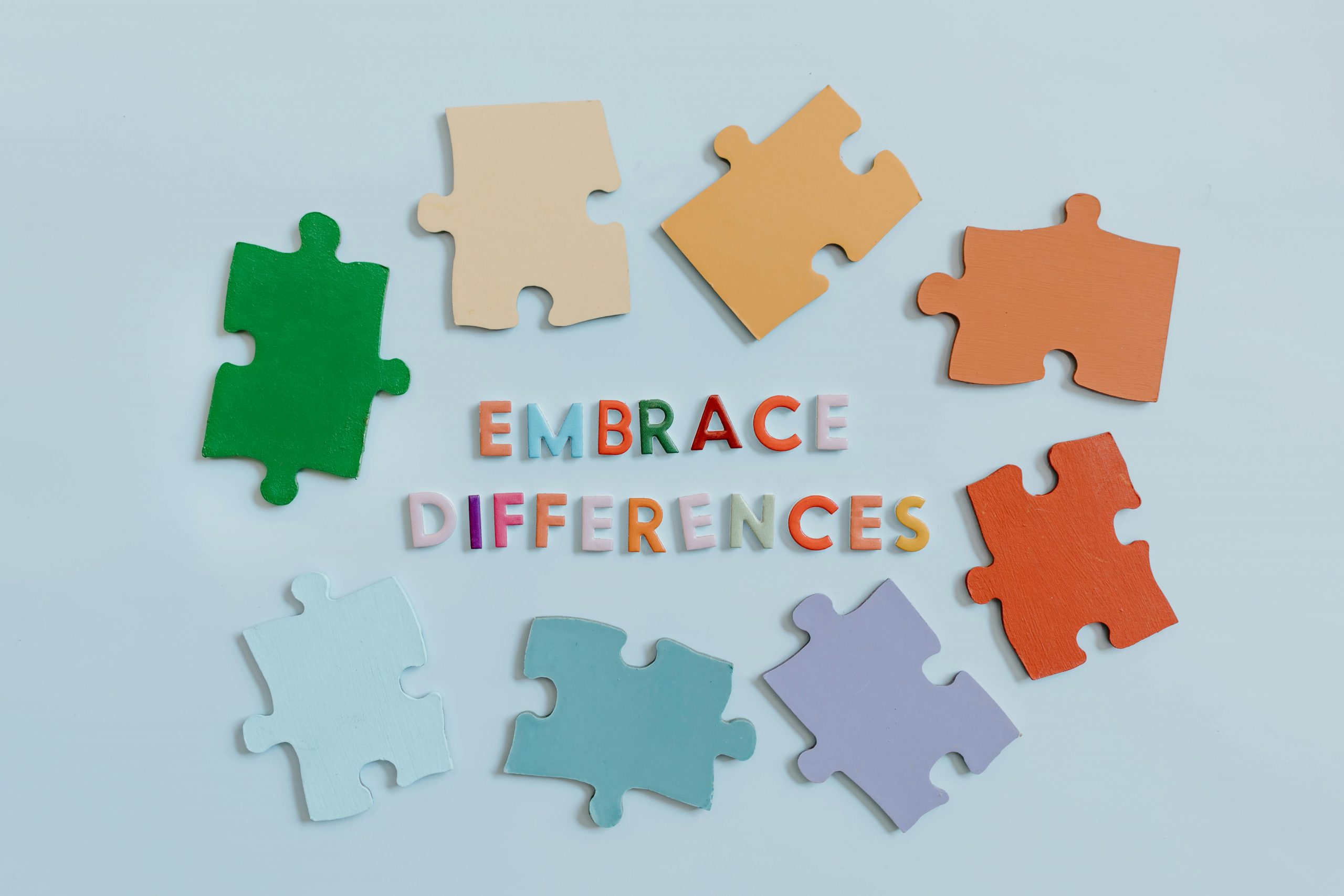In recent years, there has been a growing recognition of the value of neurodiversity in the workplace. Neurodiversity refers to the variation in neurological functioning present among individuals, encompassing conditions such as autism, ADHD, dyslexia, and more. Embracing neurodiversity not only promotes inclusivity but also unlocks unique perspectives and talents, driving innovation and success within organisations.
The Business Case for Neurodiversity
Employers are increasingly realising that fostering a diverse and inclusive workforce is not just a moral imperative but also a strategic advantage. Research has shown that organisations that embrace neurodiversity experience numerous benefits. For instance, a study by the Harvard Business Review found that companies with inclusive cultures are twice as likely to meet or exceed financial targets, three times as likely to be high-performing, and six times more likely to be innovative and agile.
Neurodiverse individuals often possess valuable skills that are highly sought after in today’s rapidly changing workplace. They tend to excel in areas such as pattern recognition, problem-solving, attention to detail, and creativity. By harnessing these strengths, organisations can drive innovation, enhance team performance, and gain a competitive edge in the market.
Challenges and Misconceptions
Despite the clear benefits of embracing neurodiversity, there are still challenges and misconceptions that need to be addressed. One common misconception is that neurodiverse individuals are not capable of thriving in professional settings. However, research has consistently shown that with the right support and accommodations, neurodiverse employees can make significant contributions to their teams.
Another challenge is the lack of awareness and understanding surrounding neurodiversity in the workplace. Many employers may not be familiar with the specific needs and preferences of neurodiverse individuals, leading to barriers in recruitment, retention, and career advancement. Education and training programs can help bridge this gap and create a more inclusive environment for all employees.
Best Practices for Embracing Neurodiversity
Creating a neurodiverse-friendly workplace requires a proactive and holistic approach. Here are some best practices for organisations looking to embrace neurodiversity:
- Education and Training: Provide training for managers and employees to raise awareness about neurodiversity and promote understanding and acceptance.
- Flexible Work Arrangements: Offer flexible work options, such as telecommuting and flexible hours, to accommodate the needs of neurodiverse individuals.
- Clear Communication: Ensure that communication channels are accessible and inclusive, with clear instructions and expectations.
- Accommodations and Support: Provide reasonable accommodations, such as noise-cancelling headphones, quiet workspaces, or assistive technologies, to support neurodiverse employees in their roles.
- Mentorship and Support Networks: Establish mentorship programs and support networks to help neurodiverse employees navigate their careers and overcome challenges.
- Recruitment and Hiring Practices: Implement inclusive recruitment practices, such as removing biases from job descriptions, offering alternative interview formats, and providing skills-based assessments.
Looking Towards the Future
As the conversation around neurodiversity in the workplace continues to evolve, it is essential for organisations to embrace diversity and foster an inclusive culture where all employees feel valued and empowered to succeed. By recognising the unique talents and perspectives of neurodiverse individuals, businesses can unlock their full potential, drive innovation, and create a more equitable and sustainable future for all.
This post was written by HRTech247.






